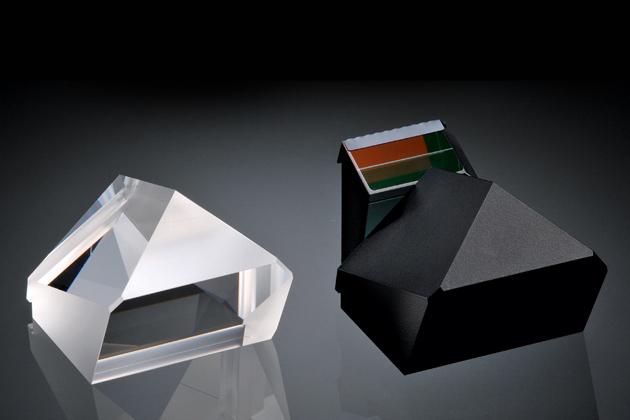A Basic Guide To The Inner Workings Of DSLR Cameras
As mentioned in the above named, a Digital Single Reflex Camera – or DSLR – is a type of modern digital camera that’s used mostly by professional photographers and hobbyists. The camera makes use of a complex series of mirrors to capture an image, which is usually written on to a digital media format, such as a memory card.
The basic design behind DSLR cameras has been around for over 100 years, but it has only been in the last few decades that the technology has been refined and put into the hands of the average consumer. DSLR cameras come in a variety of shapes, sizes, and prices, and the more expensive kinds can often cost more than an entire vehicle, and are usually reserved for photojournalists or professionals that make a living through their photography.
DSLR cameras are fairly complex despite the technology being quite old, but almost always take superior pictures to most other kinds of cameras, even as modern smartphone image capture hardware and software has improved so much in the last ten years. DSLR is the best choice for anyone that wants to take their photography skills seriously.
What The Camera Consists Of
DSLR cameras are made up of a different set of mirrors and lenses that work together that all work together to either allow or disallow light through the lenses to reach the image sensor and capture the image on a memory card. Most DSLR cameras will have
- Reflex mirror
- Shutter
- Lens
- Image sensor
- Pentaprism
- Focussing screen
These objects are not present in every camera in the world and can vary from model to model. Along with this, the lens itself, another extremely complicated piece of equipment, is often an entirely separate part of the camera, and come a number of their own varieties, depending on the scene and the subject, whether it’s taking pictures of weddings or wildlife or the fun games you’ll enjoy.

How The Camera Works
When the photographer looks through the eye piece of their DSLR camera, whatever they see is also being passed through the lens that’s attached to the camera. The light from that specific scene is being simultaneously passed through the reflex mirror, which sits at an angle, allowing the light to be redirected to the pentaprism, a specialised optical element that splits the light into the two separate mirrors, which then move it to the viewfinder.
When a picture is being taken, a swing blocks the light from reaching the viewfinder, while at the same time the shutter opens and allows the light to instead pass through to the image sensor, which is able to capture whatever scene is being captured. Once the picture has been taken and saved, the shutter closes and the swing falls back into place, once again redirecting the light to the viewfinder. All of this happens in a few milliseconds but it’s more than enough time for the complete image to be successfully captured and saved.

